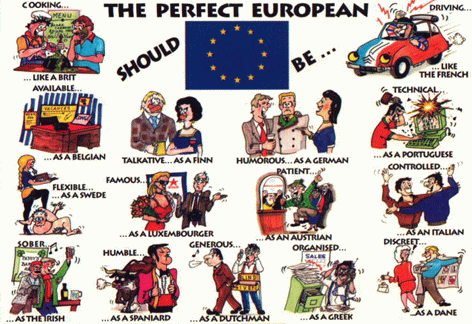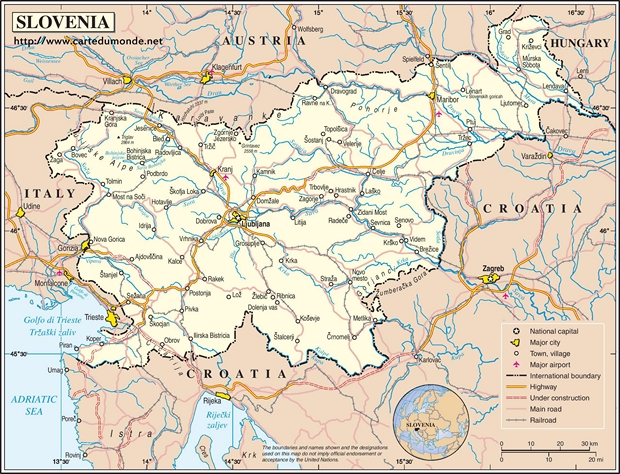LIFESTYLE IN SLOVENIA
Slovenia is a country located in Europe and it’s included in the EU and the most practiced religion it’s Catholicism and its official and national language is Slovene. Its population is of more than 2 million residents (being the 17% foreigners) and it has been increasing since 1922. It counts with more than 2 million tourists every year, mostly in cities like Ljubljana.

Its sanitary system is mostly centralized, there’s a governmental control and it’s financed with public money. The health coverage it’s almost a full one, a 99%. There are both, private and public systems. The average life expectancy is around 81 years and the birth rate is slightly bigger than the mortality one.
About 66% of the working age population (15 – 64 years old) has a paid job and only the 4.3% has been unemployed during one year or more, those who lose their job face a 4% risk of loss of their income and the average wage per year is around 17.600€ once the taxes are paid. Part – time jobs have been increasing since the year 2000. The work standard is around 40 hours in a five – day working week. Normally, it’s possible to ‘bank’ hours and days of work and according to the need for employers to perform over-hours, those over-hours can either be paid or used as days off.
Over a third of the population lives in towns and cities of more than 10.000 inhabitants and they can enjoy some advantages of both, rural and urban lifestyles at the same time. Some of them often build homes in natural settings in order to improve the quality of life.
A great majority of Slovenians live in their own flats or houses and the share of homeowners is among the highest in Europe. Households are not large: a third of the population lives in four –member homes and over a fifth in three – member ones, in addition, recently the share of those living as couples or alone has increased considerably.

Slovenes have many neighbors and are consequently the subject to many stereotypes; they don’t see themselves as Balkans or East Europeans but rather as an alpine nation. In the common ones, Slovenia’s citizens are described as somewhat jealous and selfish. They’re also said to be very disciplined and honest, as well as very introverted and cold like Scandinavians but open to foreigners. They are also known for being good at learning languages as most people speak at least 1 or 2 foreign languages. Last but not least, people say that they live and usually stay in the same house or apartment from the time they marry until they die; this could explain their great effort in decorating the surroundings of their houses.


By: Camila Arcos
Source:
Edited by: Andraž Dolenc
I see that you did your research. All of the topics that you did are very good and I liked that you included stereotypes (only the good ones haha). It was very pleasing to read.
Great job!